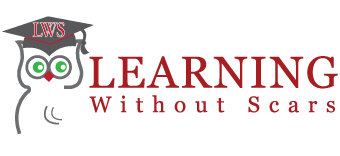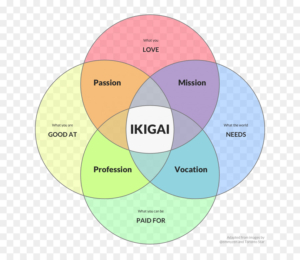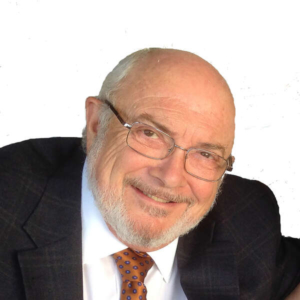What Benefits Are YOU Going to Receive from Learning?
Founder and managing member Ron Slee invites readers to start their education in “What Benefits Are YOU Going to Receive from Learning?”
I think most of us can remember our regular school years. I know that I can remember mine very clearly. I have written about them here before, but today I wanted to bring YOU back into learning and explore the differences time and technology have made for us.
Those of you who know the Learning Without Scars story know that we began our employee development in traditional, in-person classrooms when we were still organized as Quest Learning Centers. We adopted the webinar format in order to make education more accessible, and then adopted the asynchronous, online classroom. I like to point out that we did this long before the pandemic began, so we were early adopters.
Most adults I speak to have had a negative experience with education. After all, if you think about it, Kindergarten through Grade 12 education doesn’t give you, the student, very much in the way of choice. By the time we establish ourselves in our profession, we have the added pressure of expectation. We are expected to know what we are doing, all of the ins and outs, in many cases without a great deal of training.
Education has changed dramatically. As educators, we have a lot more research on how to deliver learning to improve results. Lecture times and quizzes and other devices to improve learning and retention have seen changes recently. Technology has helped tremendously as the students in the lecture halls have cellular phones or tablets or laptops with them. The professors and teachers can post a quiz question on the screen or white board and get instant feedback from the students on whether or not they are “getting” it.
My daughter Caroline has a Master of Education Degree. I taught people how to teach at university for six years. We have a little experience in the world of teaching, in addition to having front row seats to all of the changes in education over decades. We started the search to find a good source, widely respected and international to provide some level of certification. Caroline found the International Association of Continuing Education and Training – IACET. She then put together the application for Learning Without Scars to become an Approved Provider. This allowed us to provide Continuous Education Units – CEUs to our successful students. CEUs are education credits that are applicable to qualified institutions from technical schools, junior colleges and universities world- wide. It was quite a journey and serious challenge to satisfy all of the IACET requirements. In November 2021 we became the only Approved Supplier in the Construction Equipment Industry World-Wide to have this accreditation. We are very pleased with that.
Albert Einstein once said, “When you stop learning, you start dying.”
I’m pretty sure that isn’t an outcome we want, is it? My hope is to shift your thinking about learning. My goal as a teacher has always been to help students to identify and access their potential. My role is to facilitate YOUR growth and help you to reach YOUR goals.
We built our Learning: On Demand courses to bring the classroom to you and remove the hoops many adult learners have to jump through in order to incorporate classes or training into their already busy schedules.
So, as we start this new series of posts on the subject of education and learning, I have a series of questions for you to ask of yourself. It’s just a simple way of taking stock, in order to better plan for what you want to be learning.
- What is your current role?
- What are your likes and dislikes about it?
- Where do you see yourself in 1 year? 5 years? 10 years?
- What would help you to be successful in reaching your goals?
Learning is simply a way for you to unlock your potential, and the opportunities that come from growing and developing your skills and knowledge.
The time is now.
Did you enjoy this blog? Read more great blog posts here.
For our course lists, please click here.





